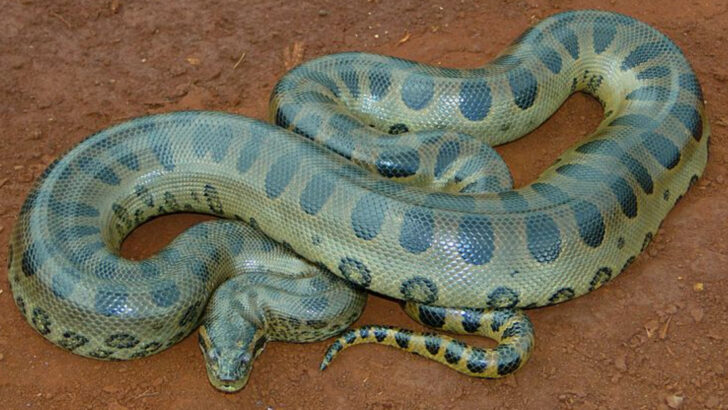Some of the biggest animals on Earth are hiding in plain sight—and you’ve probably never even heard their names. They’re not zoo stars or viral sensations. They don’t make the news. But they’re real, they’re huge, and they’re quietly roaming forests, rivers, and oceans right now. From giant birds with prehistoric vibes to fish as long as a car, these creatures seem like myths—but they’re alive and well. Get ready to meet 10 massive animals that rarely get the spotlight, even though they deserve it just for existing.
The Goliath Frog
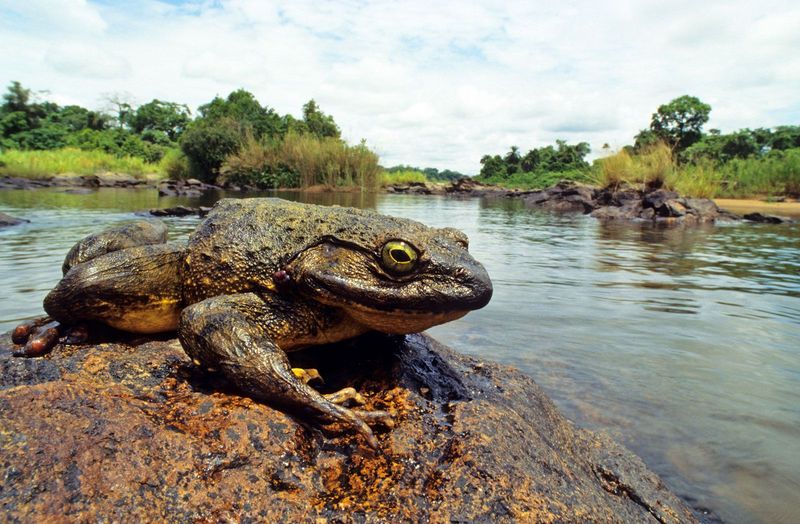
The Goliath Frog, known for its astonishing size, is the largest frog species on Earth. Native to the rainforests of Central Africa, this amphibian can weigh up to 7 pounds and grow over a foot long. Imagine a frog as big as a small cat!
Despite its size, the Goliath Frog is incredibly agile, leaping great distances to catch insects and small mammals. Its powerful legs are not just for show but essential for survival in the wild.
Conservationists are concerned about its dwindling numbers due to habitat destruction. Protecting their environment is crucial to their survival.
Southern Elephant Seal
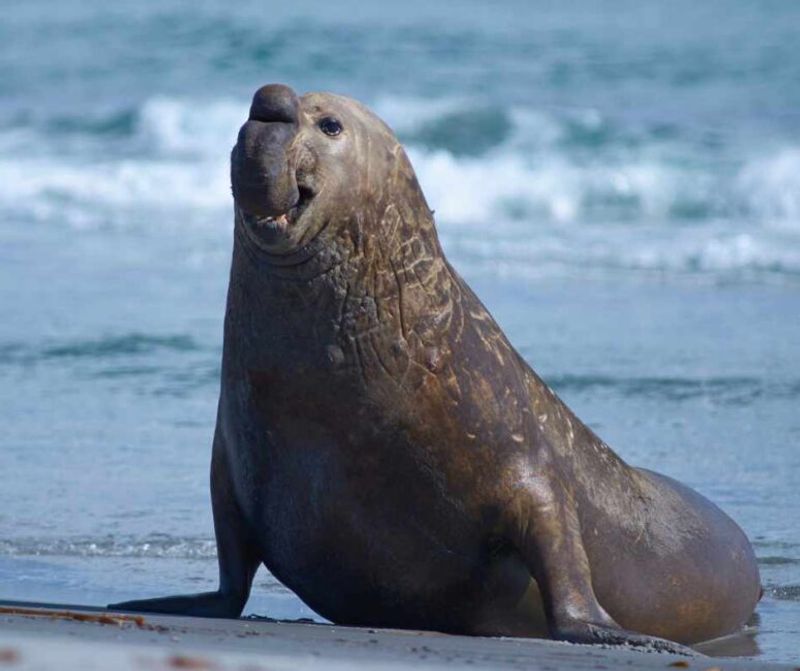
With a name that reflects its enormous stature, the Southern Elephant Seal is a true giant of the Southern Ocean. These seals can weigh up to four tons, making them the largest marine mammals that aren’t whales.
Males are particularly impressive, boasting length of up to 20 feet and a large proboscis that resembles an elephant’s trunk. This distinctive feature aids in vocalizations during mating season.
Despite their size, these seals are expert divers, reaching depths of up to 5,000 feet in search of squid and fish. Their adaptability is truly remarkable.
Japanese Spider Crab
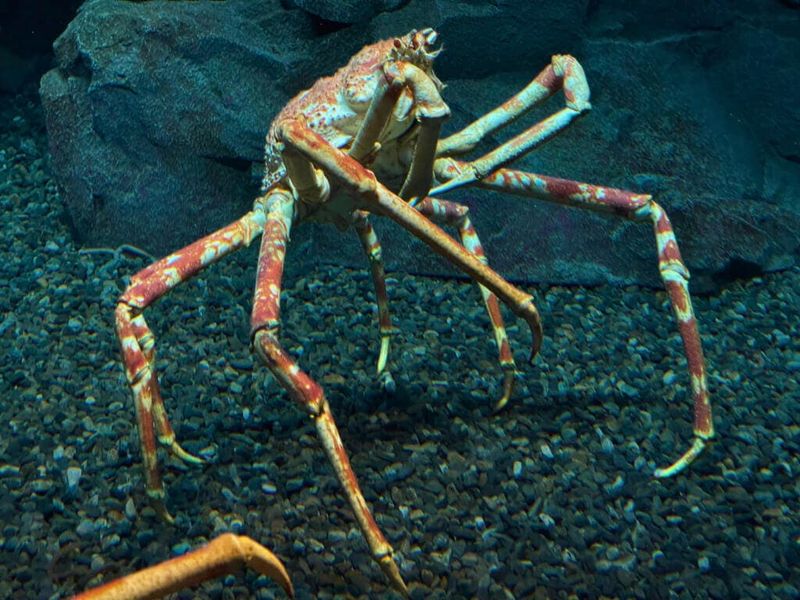
The Japanese Spider Crab, with its incredibly long legs, is the largest crab species in the world. Found in the waters around Japan, these crabs have legs that can span up to 12 feet from claw to claw.
Despite their fearsome appearance, they are known for their gentle nature, feeding mainly on plant matter, shellfish, and dead animals.
Their unique appearance has fascinated marine biologists and divers alike. Unfortunately, they face threats from overfishing, making them a species of concern for conservationists.
Saltwater Crocodile
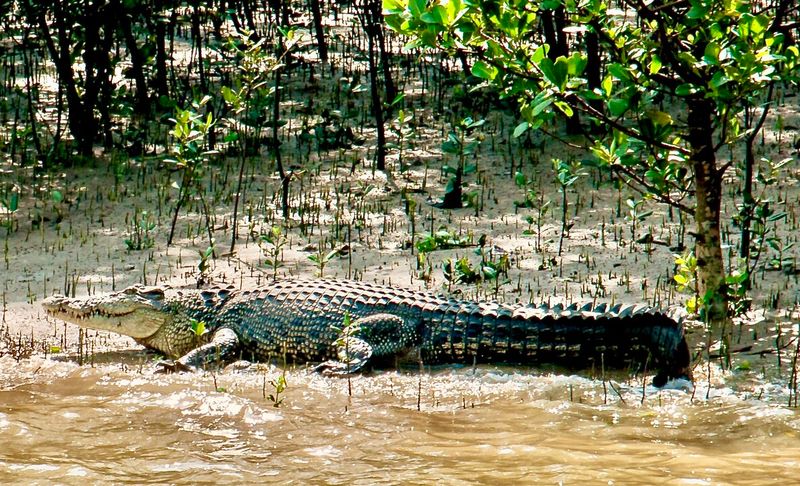
The Saltwater Crocodile, often referred to as the “salties,” is the largest of all living reptiles. These carnivorous giants are found in parts of Southeast Asia and northern Australia.
They can grow up to 23 feet in length and weigh over 2,200 pounds. Known for their power and stealth, salties are apex predators, preying on fish, birds, and mammals.
Their ability to adapt to both saltwater and freshwater environments makes them incredibly versatile hunters. They are a critical part of their ecosystem, but also pose a danger to humans in certain regions.
Giant Freshwater Stingray
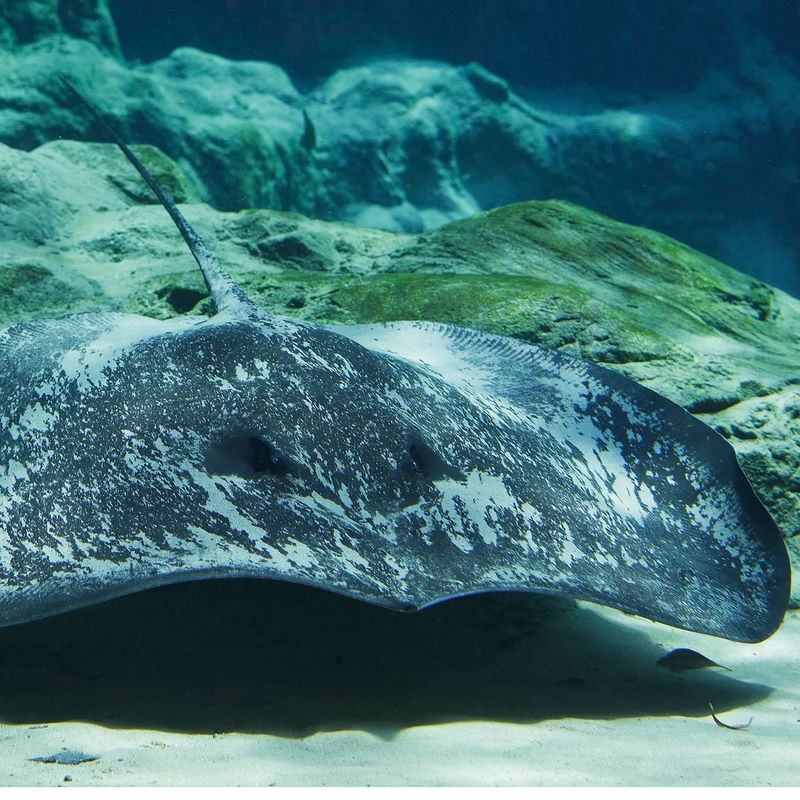
In the rivers of Southeast Asia, the Giant Freshwater Stingray reigns supreme as one of the largest freshwater fish in the world. These enigmatic creatures can weigh up to 1,300 pounds and measure over 7 feet across.
Their flattened bodies allow them to camouflage perfectly into the riverbed, making them elusive to both predators and researchers.
Despite their size, stingrays are generally shy and pose little threat to humans. Their populations are threatened by habitat destruction and fishing, prompting efforts to study and protect these gentle giants.
Komodo Dragon
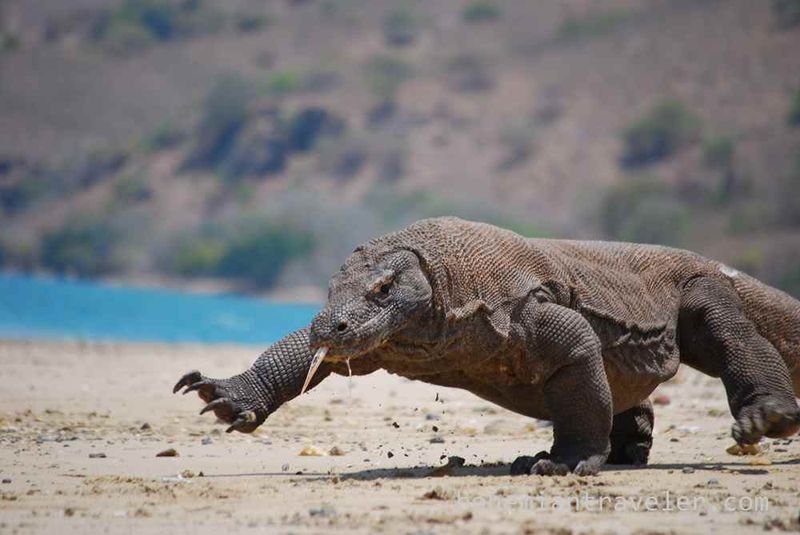
The Komodo Dragon, a relic from the age of dinosaurs, is the largest living lizard on Earth. Found on the Indonesian islands, these creatures can grow up to 10 feet long and weigh over 150 pounds.
Komodo Dragons are fierce predators, armed with sharp claws, serrated teeth, and a venomous bite that can subdue prey much larger than themselves.
Their remarkable hunting skills and powerful build make them a fascinating subject of study. Conservation efforts are essential to protect their habitat and ensure their survival in the wild.
African Bush Elephant
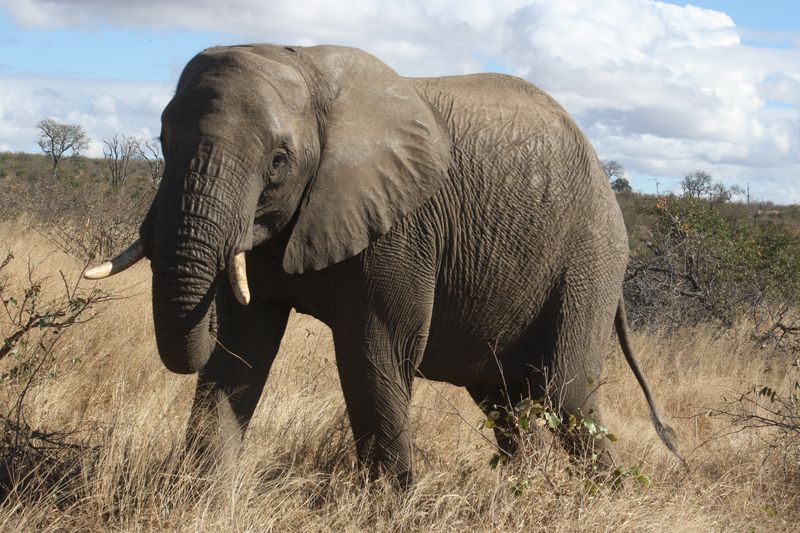
The African Bush Elephant, the largest terrestrial animal on Earth, is a symbol of strength and majesty. Roaming the savannahs of sub-Saharan Africa, these elephants can weigh up to 13,000 pounds.
Their large ears help regulate body temperature, while their trunks, composed of thousands of muscles, are used for feeding, bathing, and communication.
Despite their size, these elephants are gentle giants, known for their intelligent social structures and familial bonds. They face threats from poaching and habitat loss, highlighting the need for rigorous conservation measures.
Andean Condor
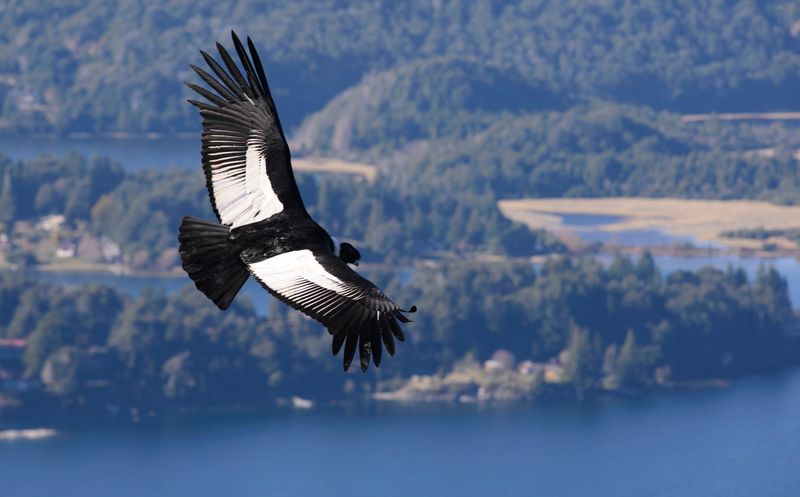
The Andean Condor, with its impressive wingspan of up to 10 feet, is the largest flying bird in the world. Found in the Andes mountains, these majestic birds are symbols of power and freedom.
Condors are scavengers, feeding primarily on carrion, and play a vital role in their ecosystem by cleaning up dead animals.
Their populations are declining due to habitat destruction and lead poisoning, prompting conservation efforts to protect these iconic birds. The sight of a condor gliding gracefully through the air is a breathtaking experience.
Green Anaconda
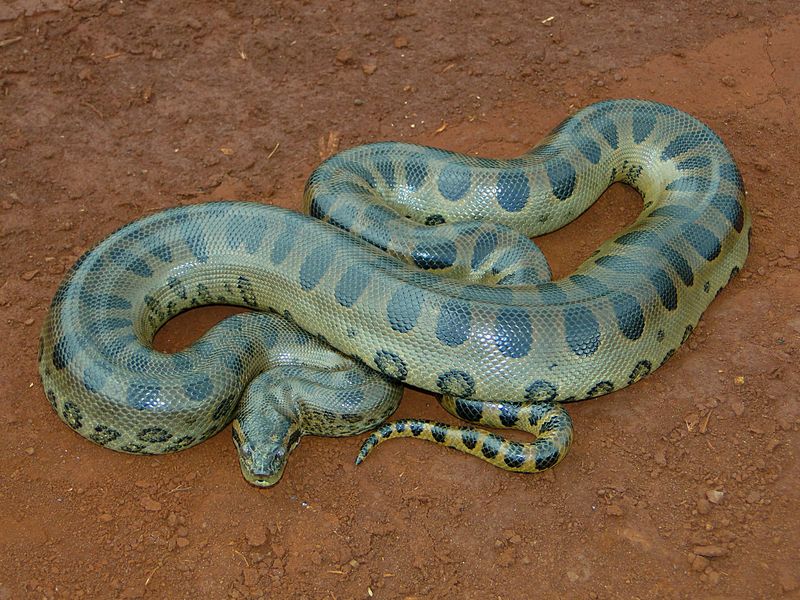
In the tangled waterways of the Amazon, the Green Anaconda holds the title of the world’s heaviest snake. These serpents can weigh up to 550 pounds and grow over 29 feet long.
Despite their size, anacondas are elusive and rarely seen by humans. They are expert swimmers, capable of ambushing prey such as capybaras and caimans from the water.
Their massive size and strength, combined with their stealthy nature, make them legendary among snakes. Efforts are ongoing to study and preserve their habitats from deforestation and human encroachment.
Whale Shark

The Whale Shark, the largest fish in the sea, exudes grace and wonder in the ocean’s depths. These gentle giants can grow up to 40 feet long and weigh over 20 tons.
Despite their massive size, whale sharks feed mainly on plankton, filtering them through their gills as they glide through warm ocean currents.
Their peaceful nature and unique spotted patterns attract divers and researchers alike. However, they are vulnerable to threats like fishing and habitat destruction, and conservation efforts are vital to ensure their continued presence in the oceans.

